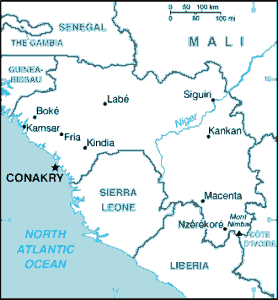
UBC's Okanagan campus. The number of international students in Canadian universities has doubled in the last decade. (Cyprien Lomas)
A new report commissioned by the influential Canadian Council of Chief Executives says Canada must succeed in attracting Asian international students and building links to Asian academic institutions.
The report by the president of the University of British Columbia, Stephen Toope, says that emerging Asian economies like China and India are making significant investments in building academic links to the rest of the world, and that Canada must do the same and work to attract Asian students and researchers while promoting study abroad programs for Canadian students to build institutional partnerships.
Toope recommends ten steps to position Canada as the premier destination for Asian students and researchers and partner of choice for Asian academic institutions:
1. A cohesive international education strategy- creating a unified national strategy that incorporates and coordinates the activities of different governmental and non-governmental parties to more effectively promote Canadian academic institutions.
2. Build the Canadian brand- a collaborative approach by Canadian universities, the Canadian private sector, and local, provincial and federal governments, to promote the Canadian brand abroad to prospective international students, researchers and institutional partners.
3. Targeted recruitment of Asian students and researchers- initiating a recruitment campaign to attract Asian students and researchers, particularly in India and China, in order to cement Canada’s position as a premier destination for studying abroad.
To attract top talent, adding to the retinue of scholarships offered by Canadian universities and governments, and expanding existing scholarship programs like the Vanier Canada Graduate Scholarships and Banting Postdoctoral Fellowships.
4. Two-way short term mobility- increasing the number and scale of study-abroad programs for Canadian students to give young Canadians international experience and to promote an image in foreign countries of Canada as a country that is globally minded and committed to future educational advancement.
5. Develop key institutional partnerships- building meaningful academic links to Asian institutions that demonstrate to foreign countries that Canada is committed to becoming their partner, and not just their recruiter.
6. Internationalize curricula in Canada- in order to internationalize Canadian students, introduce more Asian content into Canadian educational curricula, “from kindergarten to university”.
7. Leadership from the private sector- partnerships between different levels of government and the private sector to fund educational initiatives like study-abroad programs and to provide internships for international students studying in Canada.
8. Invest in international research collaboration at scale- creating a large, federally funded, global research fund, that is allocated competitively by granting councils, to fund international research collaboration that increases participation by Canadian students and faculty in international research projects.
9. Knowledge exports- Continued collaboration by Canadian universities in “curriculum development, pedagogy, research and mentoring university administrations” with Asian universities looking to develop their academic offerings, in order to build on Canada’s reputation as a provider of high quality education and to expand the knowledge export industry.
10. Leverage international alumni networks- use international alumni of Canadian universities in marketing campaigns to promote Canada and its academic institutions abroad.
The report argues that Canada must broaden academic connections to Asia because it increases the country’s cultural and economic links to rapidly developing Asian economies which will become increasingly important to Canada’s future economic well being.
Toope points out that international students also have a positive economic impact through the $6.5 billion they spend each year on tuition, accommodations and other expenses.
Toope says that thanks to recent immigration policy changes that make it easier for international students to receive work permits and permanent residence in Canada after graduating, many international students are choosing to stay in Canada after completing their studies, where they contribute their skills to the Canadian labour market.










